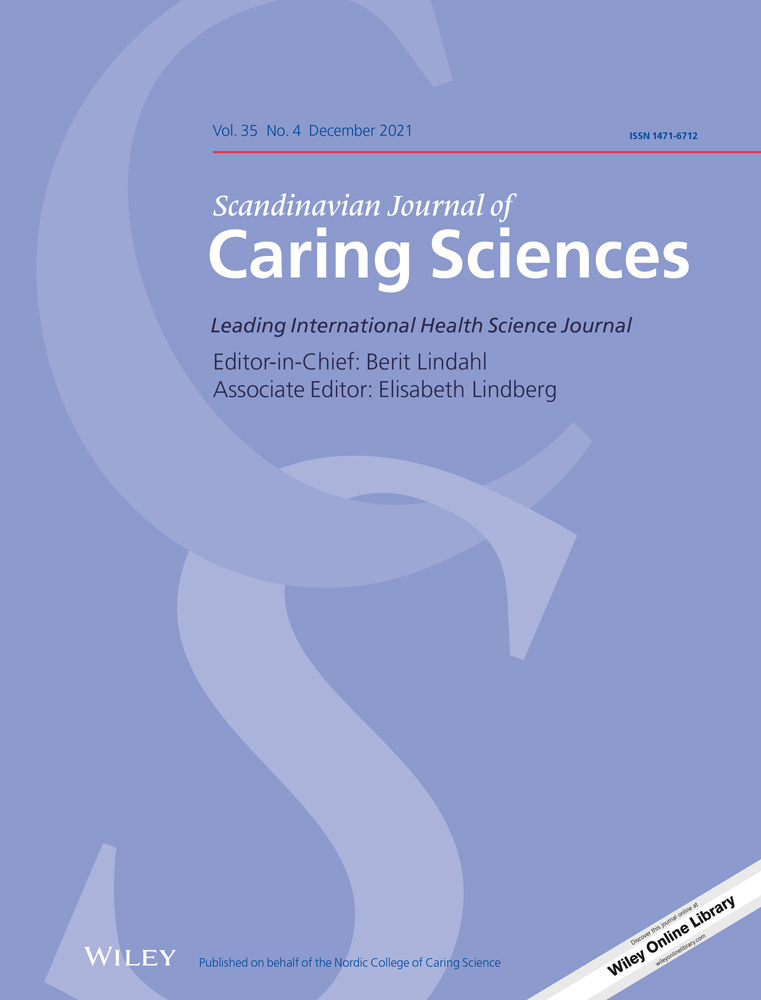To see or not to see – or to wait and see: clinical decisions in an oncological emergency telephone consultation
Abstract
Background
Cancer treatment is often given on an outpatient basis. An oncological emergency telephone line has been established to improve access to cancer care and prevent life-threatening side effects. However, healthcare professionals need to make clinical decisions without being able to assess patients face-to-face, which may be problematic. This study explores how healthcare professionals experience clinical decision-making in oncological emergency telephone consultations.
Methods
An exploratory qualitative approach applying three focus groups with healthcare professionals from a Danish university hospital were undertaken. Data were analysed using inductive content analysis.
Results
An overall theme elucidated how healthcare professionals ended up deciding during each call whether the problem could be solved on the phone or the patient had to come for a face-to-face consultation or to wait and see whether the condition changed. Some decisions were easy to make, while others were moderate or difficult. The decision was influenced by several factors that could be structured into three themes: reliance on one’s own knowledge and experience, consideration of different perspectives and the influence of context.
Conclusion
This study demonstrated that clinical decision-making in oncological emergency telephone consultations includes three types of decisions that are intertwined with intra-personal, inter-professional and contextual factors such as personal knowledge, collaboration and workload. These factors are essential for the timely referral of patients to the right level of service.




